There’s no denying the importance of knowing the structure of your soil when trying to decide what amendments your garden is going to need. So when I found this simple way of testing our garden soil, courtesy of Preparedness Mama, I had to try it out.
The idea of this test is to separate the soil into its 3 main components: clay, silt, and sand. Together these 3 make up the nice loam soil you want in your garden. Clay is the smallest component which will sit on the very top of your test jar. It contains many nutrients and holds water extremely well. Silt are the medium sized pieces of soil, made from tiny rocks and mineral. Silt will sit just below the clay. Last is the sand, the largest particles in your soil. It contains the larger rocks and allows for better drainage, but too much will mean your plants need extra water and nutrients to grow. Generally though, darker soils contain more nutrient-rich organic matter then light colored soils.
According to our source, a perfect scored is to have 20% clay, 40% Silt, 40% sand = Loam. So lets see how our soil stacks up! 🙂
This test is very simple to do. All you need is a pint or quart jar.
- Fill the jar about half full of the soil you want to test.
- Fill the jar nearly to the top with water. Leave room for shaking.
- Tighten the lid and shake the jar for several minutes so everything is floating
- Set your mason jar soil test aside for several hours, so the particles have a chance to settle
Here’s our jar just after a good shaking:

Looks like we’re a little heavy on the sand side, light on the clay. This seems accurate since the top of our soil drys out to the “cracked” look fairly fast after watering, unless we cover it with leaves, grass or whatever is available.
Happy Gardening!

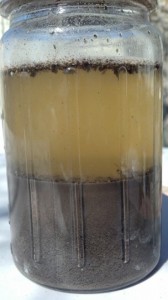
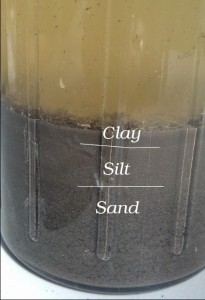
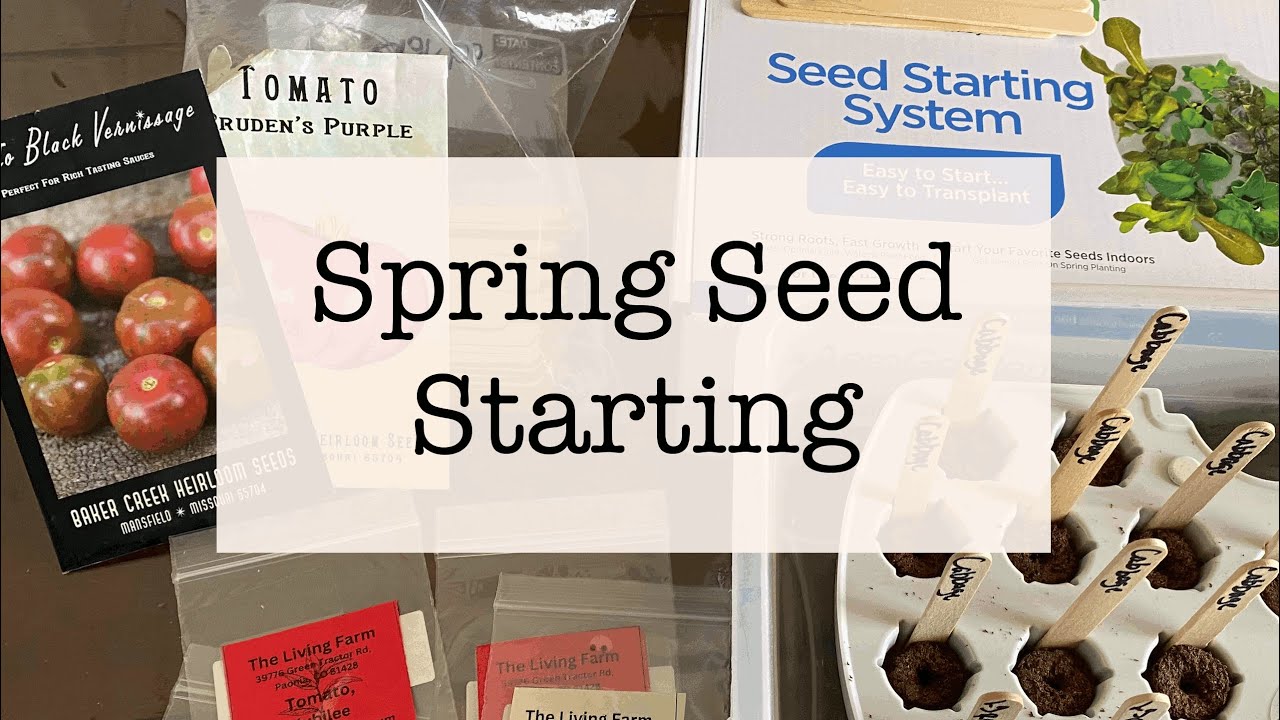
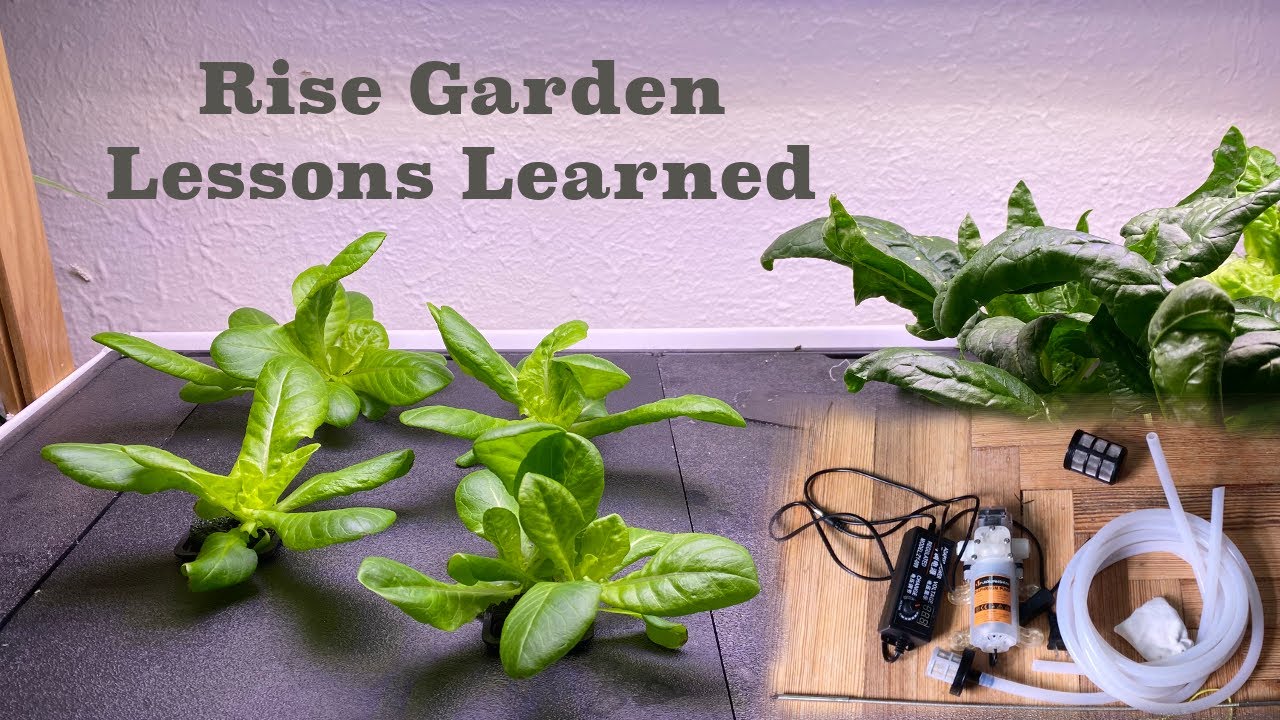
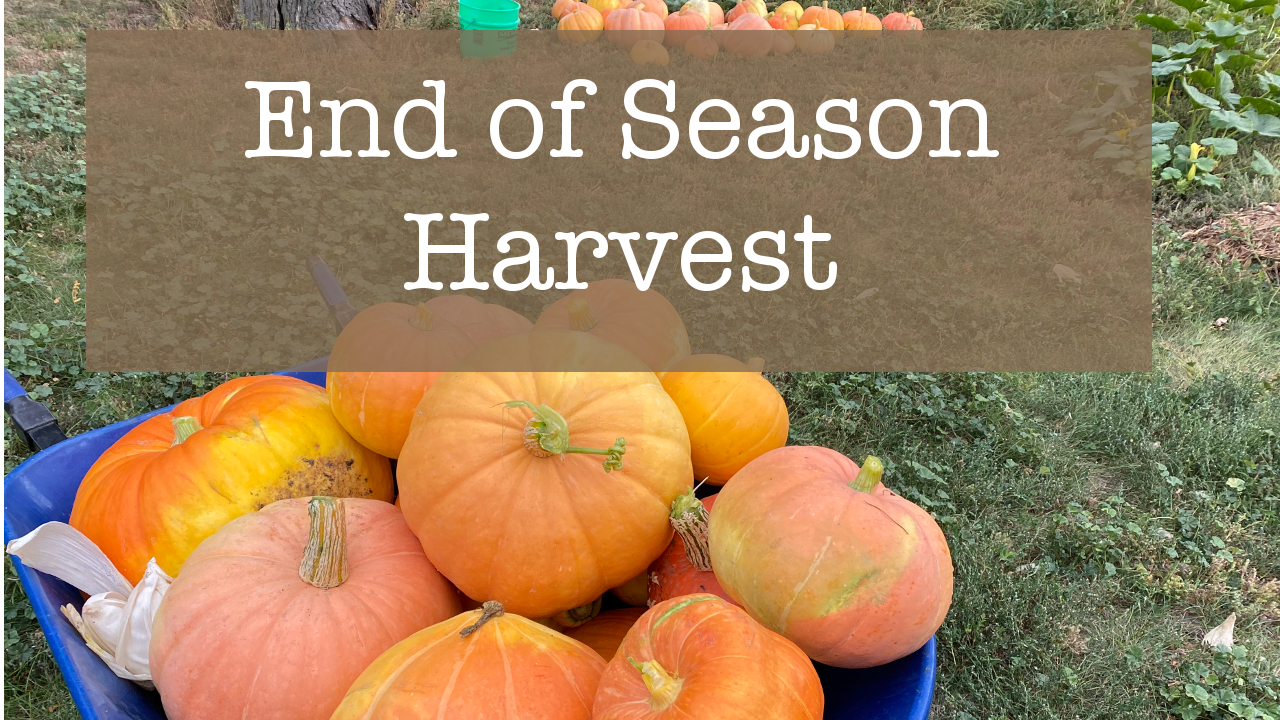
I did the test on my garden soil & it came out mostly the clay. We have been adding peat moss & compost the last couple of years. the soil is soft & workable. It was an interesting experiment.
I’m going to go get some dirt from my garden & give it a try!!